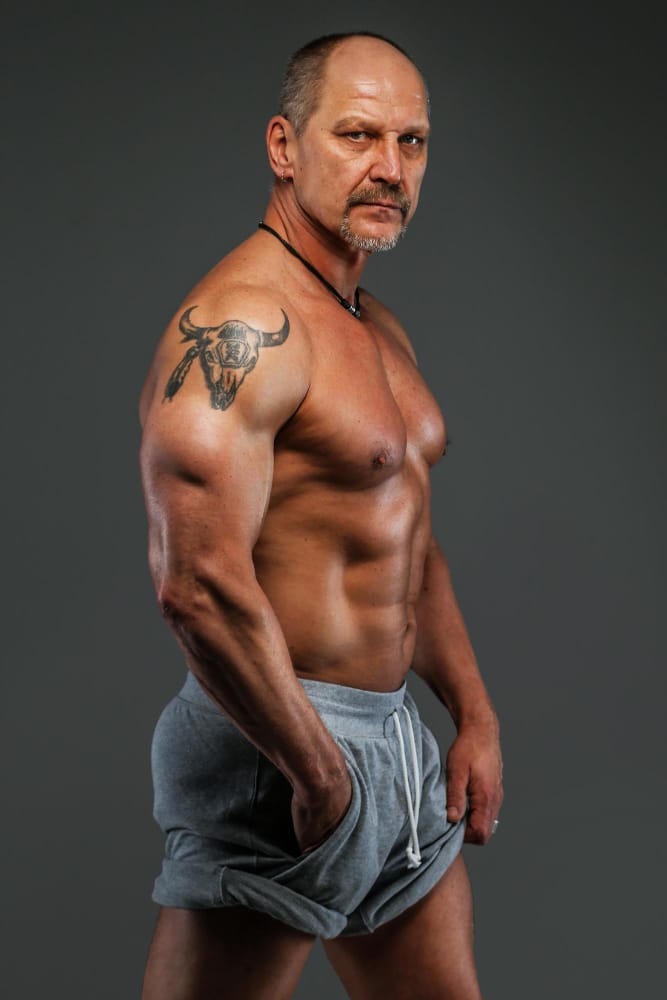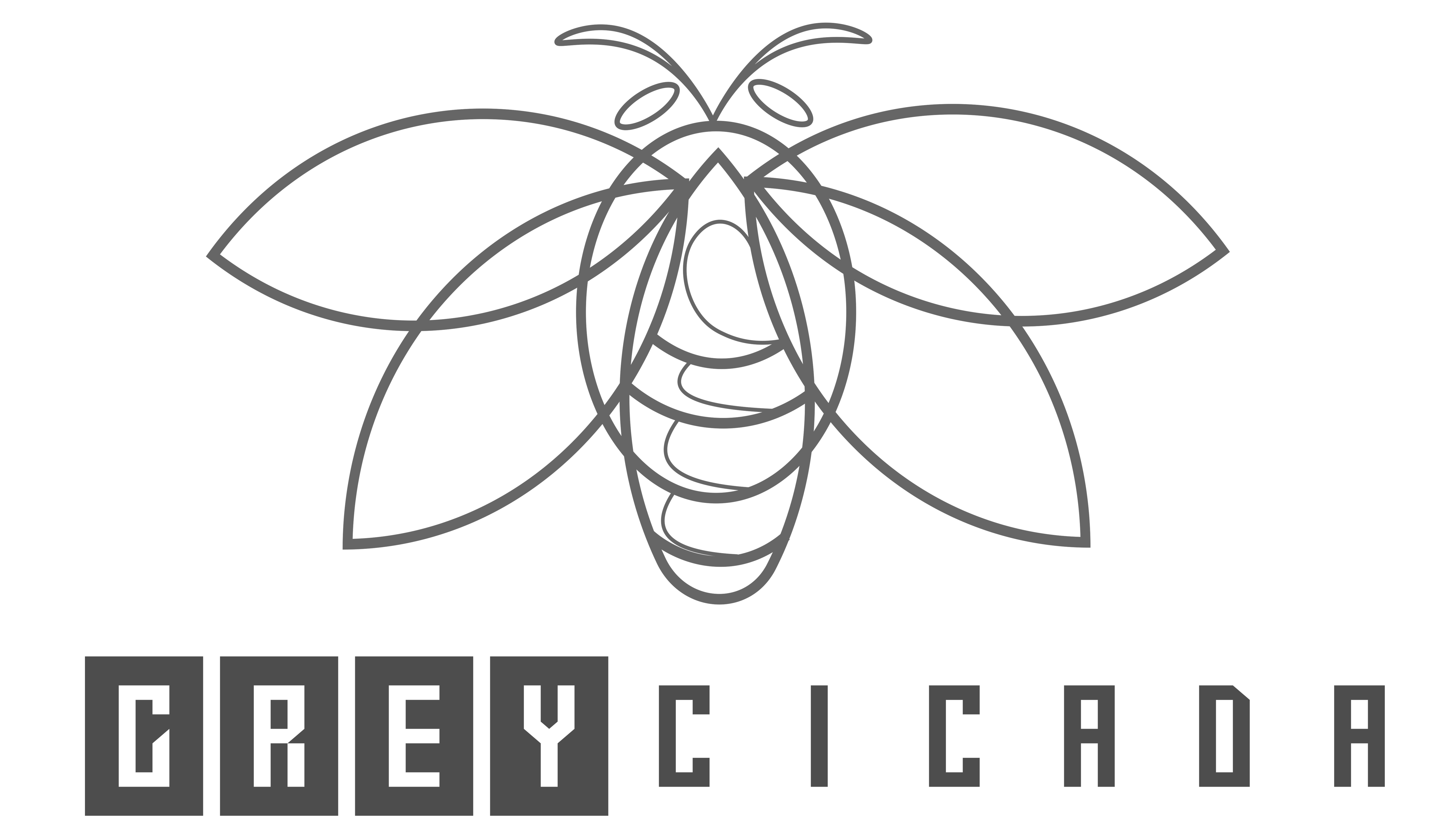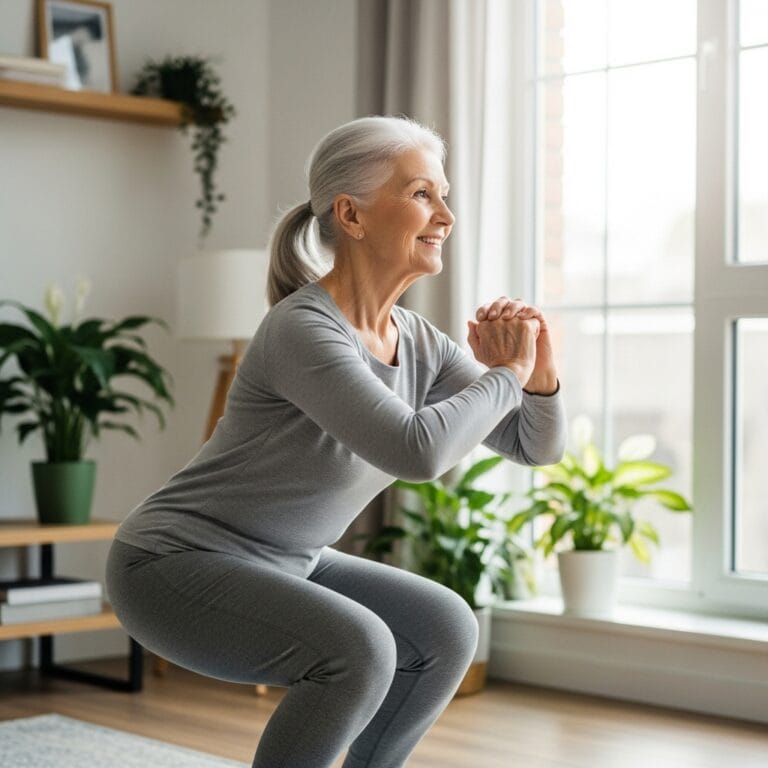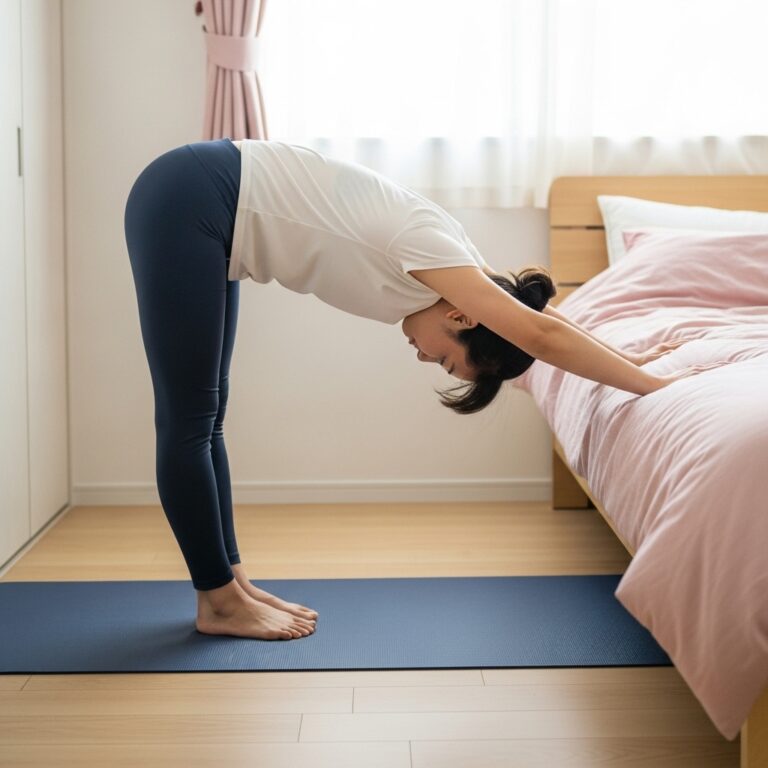FREE SHIPPING OVER $50
Transform Your Body After 50: 10 Exercise Habits You Need to Know
Turning 50 is a milestone worth celebrating, but it’s also a time when your body starts to change. Metabolism slows down, muscle mass decreases, and energy levels aren’t what they used to be. But here’s the good news: it’s never too late to transform your body and feel your best. With the right exercise habits, you can build strength, boost energy, and improve your overall health—no matter your age. In this article, we’ll explore 10 exercise habits you need to know to transform your body after 50. Ready to get started? Let’s dive in.
Why Exercise Matters After 50

Before we get into the habits, let’s talk about why exercise is so important after 50. As we age, we naturally lose muscle mass (a process called sarcopenia), bone density decreases, and metabolism slows. Regular exercise can help counteract these changes by:
- Building and maintaining muscle mass
- Improving bone density and reducing the risk of osteoporosis
- Boosting metabolism and aiding weight management
- Enhancing balance and reducing the risk of falls
- Improving mood and mental health
The key is to focus on habits that are sustainable, effective, and tailored to your needs. Here’s how to do it.
10 Exercise Habits to Transform Your Body After 50
1. Strength Training: The Foundation of Fitness
- Why it’s important: Strength training helps combat muscle loss, boosts metabolism, and improves bone density.
- How to do it: Incorporate exercises like squats, lunges, push-ups, and dumbbell lifts 2-3 times per week.
- Pro tip: Start with light weights and focus on proper form to avoid injury.
2. Prioritize Balance and Stability
- Why it’s important: Good balance reduces the risk of falls, which becomes more critical as we age.
- How to do it: Practice exercises like single-leg stands, heel-to-toe walks, or yoga poses like tree pose.
- Pro tip: Use a chair or wall for support if needed.
3. Incorporate Low-Impact Cardio
- Why it’s important: Low-impact cardio is easier on the joints while still improving heart health and burning calories.
- How to do it: Try activities like walking, swimming, cycling, or using an elliptical machine.
- Pro tip: Aim for at least 150 minutes of moderate cardio per week.
4. Stretch Regularly
- Why it’s important: Stretching improves flexibility, reduces stiffness, and helps prevent injuries.
- How to do it: Stretch major muscle groups (hamstrings, quads, shoulders) for 10-15 minutes after workouts.
- Pro tip: Try yoga or Pilates for a structured stretching routine.
5. Focus on Core Strength
- Why it’s important: A strong core supports posture, reduces back pain, and improves overall stability.
- How to do it: Include exercises like planks, bird-dogs, and Russian twists in your routine.
- Pro tip: Engage your core during everyday activities like standing or sitting.
6. Stay Consistent
- Why it’s important: Consistency is key to seeing results, especially as we age.
- How to do it: Schedule workouts like appointments and stick to them. Even 20-30 minutes a day can make a difference.
- Pro tip: Find activities you enjoy to make consistency easier.
7. Listen to Your Body
- Why it’s important: As we age, recovery takes longer, and pushing too hard can lead to injury.
- How to do it: Pay attention to how your body feels and adjust intensity or rest as needed.
- Pro tip: Incorporate rest days and prioritize sleep for recovery.
8. Mix It Up
- Why it’s important: Variety prevents boredom, reduces the risk of overuse injuries, and keeps your body challenged.
- How to do it: Rotate between strength training, cardio, and flexibility exercises throughout the week.
- Pro tip: Try new activities like dance classes or tai chi to keep things fresh.
9. Stay Hydrated and Fuel Your Body
- Why it’s important: Proper hydration and nutrition support energy levels, muscle recovery, and overall health.
- How to do it: Drink plenty of water and eat a balanced diet rich in protein, healthy fats, and whole grains.
- Pro tip: Consider consulting a nutritionist for personalized advice.
10. Set Realistic Goals
- Why it’s important: Goals keep you motivated and help track progress, but they need to be achievable.
- How to do it: Start small—aim to walk 10,000 steps a day or do 10 push-ups. Celebrate milestones along the way.
- Pro tip: Use a journal or app to track your progress and stay accountable.
The Science Behind Exercise After 50
Still unsure if exercise can really transform your body after 50? Let’s look at the science:
- Muscle Mass: Studies show that strength training can increase muscle mass and strength, even in older adults.
- Bone Density: Weight-bearing exercises like walking or lifting weights can improve bone density and reduce fracture risk.
- Mental Health: Regular exercise is linked to lower rates of depression and anxiety, as well as improved cognitive function.
- Longevity: Active adults over 50 have a lower risk of chronic diseases like heart disease, diabetes, and cancer.
Tips for Staying Motivated
Starting a new fitness routine can be challenging, especially after 50. Here’s how to stay motivated:
- Find a Workout Buddy: Exercising with a friend makes it more fun and keeps you accountable.
- Celebrate Small Wins: Whether it’s lifting heavier weights or walking farther, celebrate your progress.
- Join a Class: Group fitness classes provide structure and social interaction.
- Track Your Progress: Use a fitness tracker or journal to see how far you’ve come.
- Be Patient: Results take time, but consistency pays off.
Final Thoughts: It’s Never Too Late
Transforming your body after 50 isn’t about achieving a perfect physique—it’s about feeling strong, healthy, and confident in your own skin. By incorporating these 10 exercise habits into your routine, you can build strength, improve mobility, and boost your overall well-being. Remember, it’s never too late to start. Your best years are still ahead of you.
Related Articles
- Get Ripped Triceps: Top 5 Exercises You Can’t Ignore
- Certified Trainer Reveals the Most Overlooked Exercise You Should Be Doing
- Build Incredible Strength with Cluster Sets: The Secret Training Method
- Transform Your Body with Arnold Schwarzenegger’s 5-Move Dumbbell Workout
- The Best Dumbbell Back Exercises: The Only 7 Moves You Need for Strength & Size



